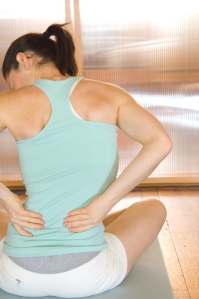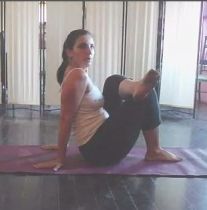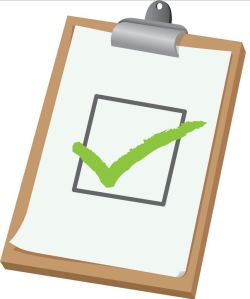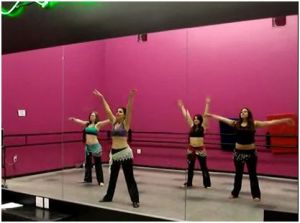 As an instructor, I sometimes hear a student (usually a beginner) say “that hurts” when learning a new movement. Keeping my students dancing safely in belly dance class is a top priority for me. When I hear this, it’s time for me ask questions and figure out whether this person is working hard in class or potentially hurting themselves. It’s moments like these when I’m glad I put in the time and effort to get a university degree in exercise science. If you have ever been in this position as a student, or an experienced dancer practicing something new, this is an important time to stop and evaluate whether what you are experiencing is a “good” hurt or a “bad” hurt.
As an instructor, I sometimes hear a student (usually a beginner) say “that hurts” when learning a new movement. Keeping my students dancing safely in belly dance class is a top priority for me. When I hear this, it’s time for me ask questions and figure out whether this person is working hard in class or potentially hurting themselves. It’s moments like these when I’m glad I put in the time and effort to get a university degree in exercise science. If you have ever been in this position as a student, or an experienced dancer practicing something new, this is an important time to stop and evaluate whether what you are experiencing is a “good” hurt or a “bad” hurt.
The first thing to consider is if you (or your student) have any past or current injuries or undiagnosed aches and pains from outside of class or practice. Has your back been a little achy since you helped your friend move that couch? This may not be the time to push hard; wait a few days and see how your feel. Get any persistent conditions checked out and follow your doctor or physical therapist’s instructions for activity. If a doctor or therapist has given you guidelines on what to do – or more importantly, not to do – follow them. If your belly dance instructor advises otherwise, politely decline. It is not within an instructor’s scope of practice to counter these instructions and they shouldn’t put you in that position.
If none of the these are factors, then you need to honestly ask yourself if it’s just hard. Are you just feeling your muscles working, perhaps burning a bit when you are drilling for several minutes at a time? This is just what work feels like. Good for you for putting in the effort! It will pay off. You may be a little sore tomorrow, but it will pass quickly and your body will adapt and become stronger.
If a movement is causing a sharp or shooting pain with each repetition, or you feel your joint “sticking” or “catching” each time – this is a sign to stop and get help finding answers. You could, for example, be dealing with an inflamed nerve, ligaments rubbing over boney bumps or loose bone fragments in a joint. If hip movement is causing low back pain this is also a warning sign.
It isn’t necessarily something serious, however. No need to panic just yet. You may just need to correct your alignment or where you are driving the movement from. If so, it is the instructor’s job to straighten that out. Make sure you ask for help. Be specific in describing what you are feeling and what part of the movement brings it on. If you are having low back pain or tension with hip movements, pay careful attention to how you are positioning your pelvis. Barring other back issues, this is one of the easiest “hurts” to fix in class.
If addressing these does not stop the pain, then perhaps your teacher can offer a modification or alternative movement – not all movements work on all bodies – especially as we get older. Of course, use your judgement – only YOU are experiencing what’s going on in your body. When in doubt, check it out – with a medical professional.
Dance safe.. dance for life!





